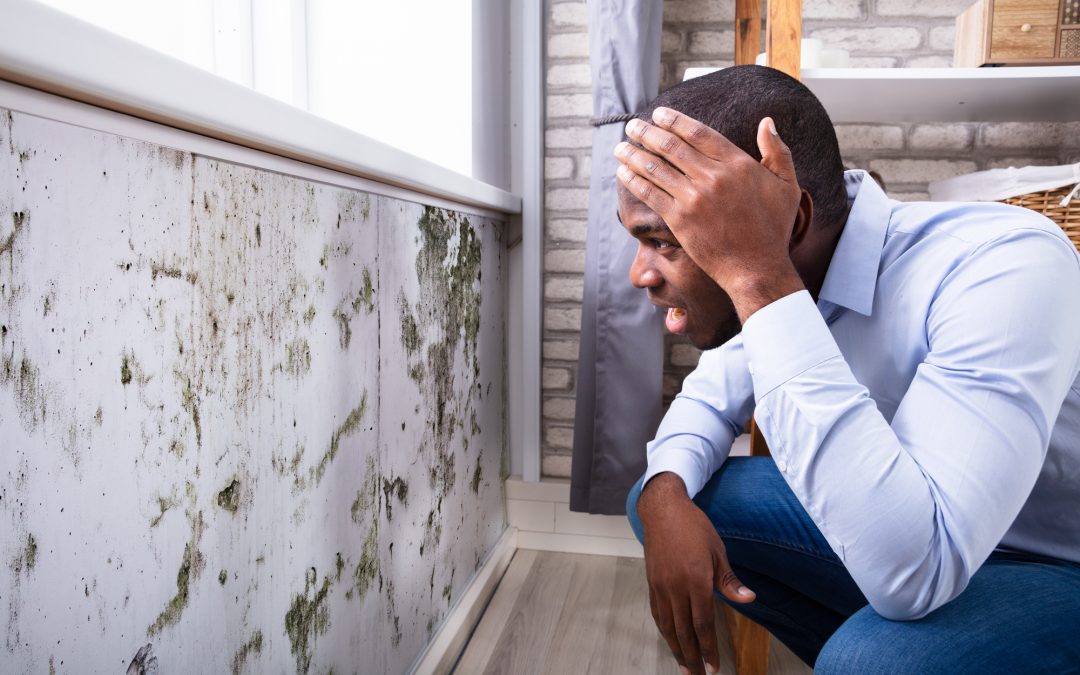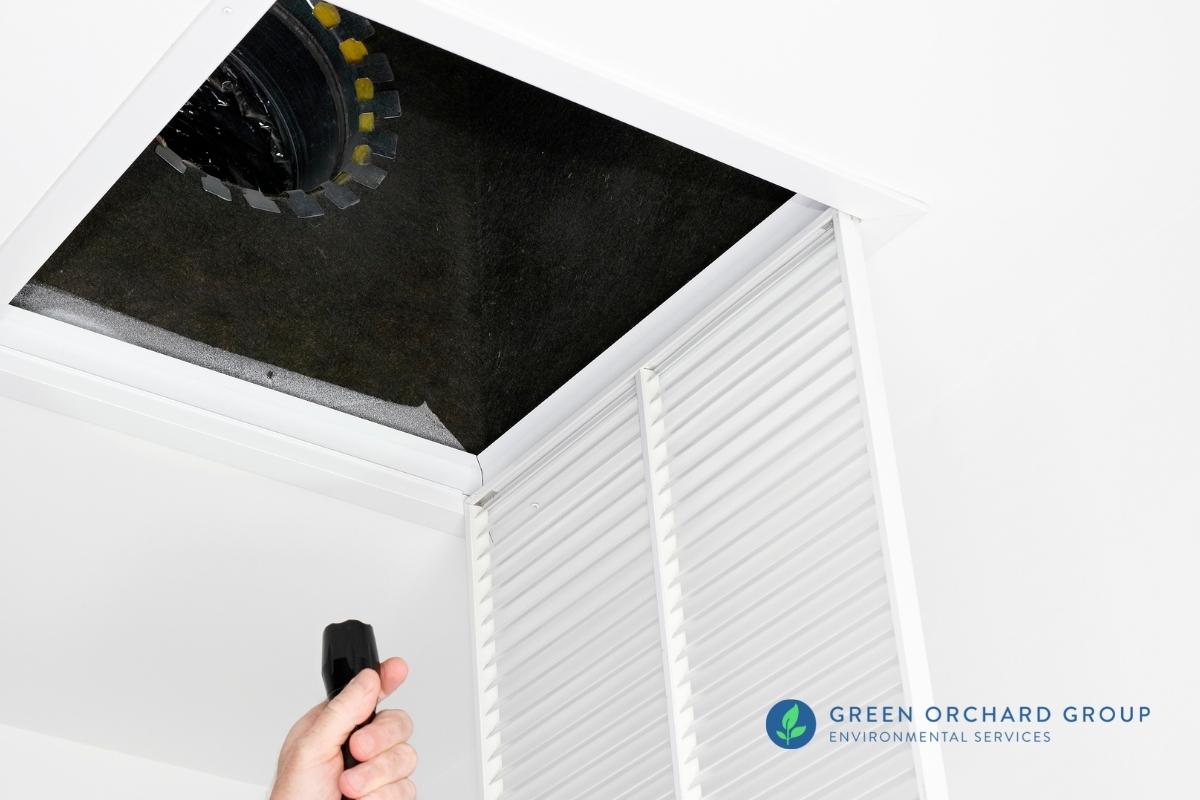Efficient Post Mold Remediation Cleaning Protocols
Efficient Post Mold Remediation Cleaning Protocols
Blog Article
Expert Tips for Message Mold Removal Success
In the world of mold removal, effectively getting rid of mold and mildew is only half the fight; the real challenge lies in stopping its reappearance. By adhering to experienced pointers and finest practices, people can secure their areas versus mold rebirth and maintain a healthy indoor setting.
Display Humidity Levels Frequently
Regular tracking of humidity levels is vital in making certain the effectiveness of message mold removal efforts. After finishing mold and mildew remediation treatments, preserving optimal humidity degrees is important to avoid mold re-growth and guarantee a healthy interior atmosphere. Tracking humidity levels enables early discovery of any type of spikes or variations that can potentially result in mold renewal. High humidity degrees over 60% produce a helpful atmosphere for mold to prosper, making regular keeping an eye on a proactive measure to avoid any kind of future mold and mildew concerns - Post Remediation verification.
Additionally, establishing a regular schedule for moisture checks, particularly in high-risk locations such as restrooms, basements, and cooking areas, is a proactive approach to mold avoidance. By regularly keeping an eye on moisture degrees, property proprietors can efficiently mitigate the risk of mold reoccurrence and maintain a healthy indoor setting post-remediation.
Conduct Thorough Inspections Post-Remediation
Following the completion of mold removal treatments, it is necessary to perform thorough evaluations to validate the effectiveness of the removal procedure. These post-remediation inspections are crucial in guaranteeing that the mold and mildew concern has been efficiently dealt with and that there is no reoccurrence or staying mold growth. Assessments should be brought out by qualified professionals who have experience in identifying mold and examining indoor air quality.
Throughout these assessments, various approaches such as aesthetic assessments, air tasting, and surface sampling might be used to completely evaluate the remediated areas. Visual evaluations involve a detailed inspection of the properties to look for any type of visible indications of mold development or water damages. Air tasting assists in identifying the air-borne mold spore levels, while surface tasting can identify mold bits on surfaces.
Implement Correct Air Flow Techniques
After making sure the effectiveness of the mold and mildew removal process with complete inspections, the following important step is to focus on applying proper ventilation methods. Sufficient ventilation is necessary in avoiding mold reoccurrence by regulating wetness degrees and promoting air blood circulation.
Correct air flow not just help in stopping mold and mildew growth yet likewise contributes to the general wellness and comfort of occupants. By making certain ample ventilation throughout the residential property, you can reduce the danger of mold regrowth and create a healthier living setting. Routine upkeep of air flow systems, consisting of cleaning and filter substitutes, is essential to sustaining reliable air flow. Consulting with heating and cooling specialists can supply more insights right into optimizing ventilation approaches for your certain home needs.

Usage Mold-Resistant Products for Services
To enhance the long-lasting performance of mold remediation efforts, incorporating mold-resistant materials for fixings is essential in mitigating the danger of future mold and mildew development. Mold-resistant products are developed to withstand dampness and hinder mold and mildew development, making them an important selection for locations prone to dampness and moisture. When repairing areas affected by mold and mildew, using products such as mold-resistant drywall, mold-resistant paints, and mold-resistant caulking can aid prevent mold reoccurrence.
Mold-resistant drywall is an excellent alternative to conventional drywall in locations like washrooms and basements where dampness degrees are greater. This kind of he said drywall has a special covering that withstands mold and mildew development even when subjected that site to damp conditions. In addition, using mold-resistant paints containing antimicrobial agents can further prevent mold development on walls and ceilings.
In areas where moisture is typical, such as cooking areas and restrooms, making use of mold-resistant caulking around sinks, home windows, and bathtubs can aid seal out water and avoid mold and mildew from taking hold in cracks and gaps. By spending in these mold-resistant products during repair services post-remediation, you can significantly decrease the probability of future mold and mildew problems and keep a much healthier interior environment.
Maintain Tidiness and Address Water Issues
Making sure sanitation and immediately attending to water problems are fundamental techniques to promote in guarding interior spaces from mold and mildew reinfestation. After mold remediation, it is essential to preserve a tidy environment to protect against the regrowth of mold (Post remediation mold testing near me). Normal cleansing, dusting, and vacuuming can aid eliminate any remaining mold spores and avoid them from multiplying and settling. In addition, keeping interior spaces completely dry and resolving any kind of water issues promptly is necessary in mold avoidance. Leakages, water invasion, or high moisture his response degrees can produce the best breeding place for mold, so it is crucial to take care of any kind of water-related troubles instantly.
To preserve sanitation, consider making use of HEPA filters in vacuums and air purifiers to catch mold spores and avoid their flow in the air. Additionally, guaranteeing appropriate ventilation in areas vulnerable to moisture build-up, such as kitchens and washrooms, can assist keep humidity degrees in check. By staying watchful about sanitation and attending to water issues immediately, you can effectively protect against mold and mildew reinfestation and preserve a healthy indoor setting.
Final Thought

In the world of mold removal, effectively eradicating mold is only half the battle; the real difficulty exists in preventing its reappearance. After completing mold remediation procedures, maintaining ideal moisture degrees is important to avoid mold re-growth and ensure a healthy and balanced interior setting. High humidity degrees above 60% develop a favorable environment for mold to flourish, making routine checking a positive measure to prevent any future mold problems.
To enhance the lasting effectiveness of mold and mildew remediation efforts, incorporating mold-resistant products for repairs is essential in mitigating the threat of future mold growth. After mold removal, it is important to preserve a tidy atmosphere to protect against the regrowth of mold and mildew.
Report this page